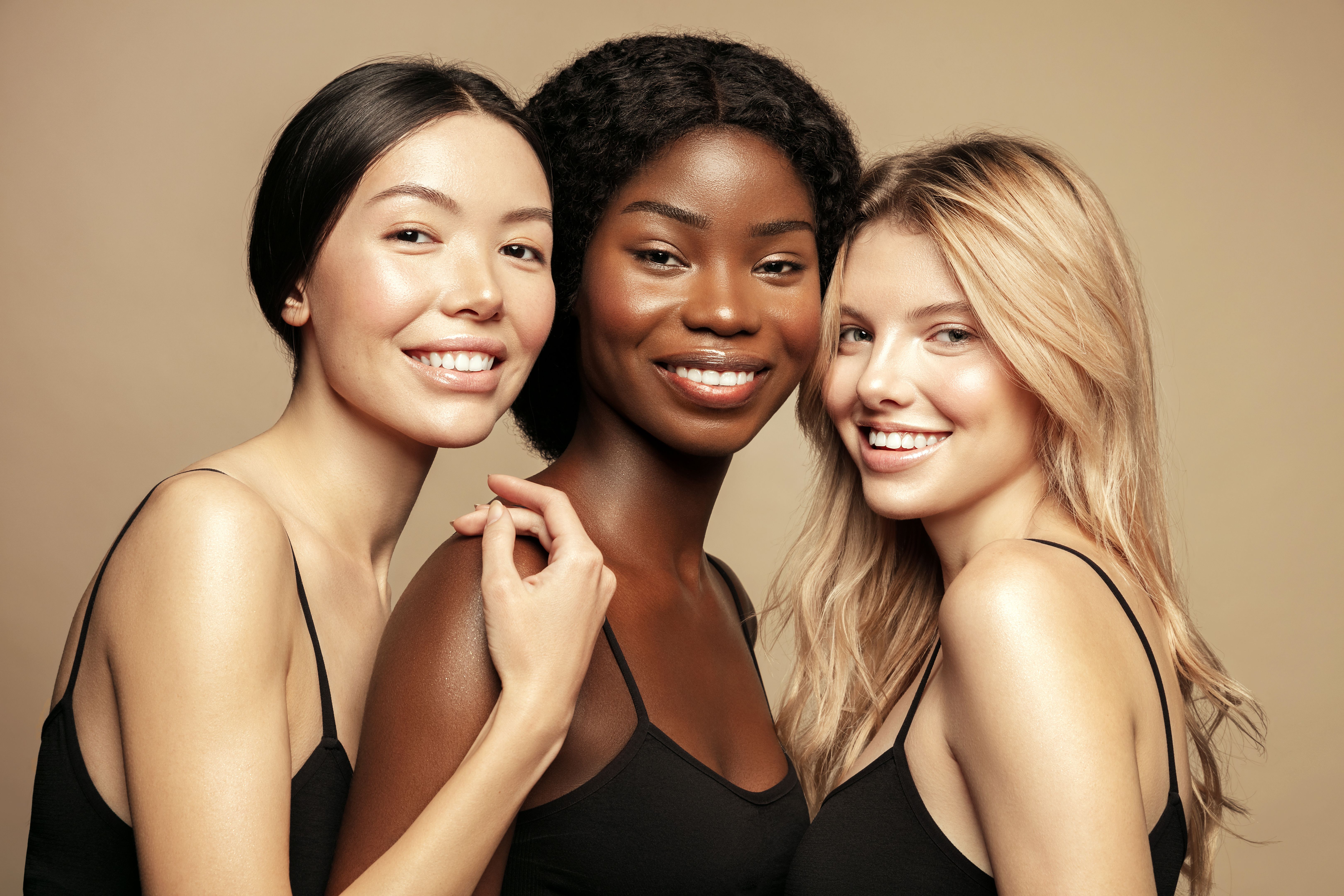- Case-Based Roundtable
- General Dermatology
- Eczema
- Chronic Hand Eczema
- Alopecia
- Aesthetics
- Vitiligo
- COVID-19
- Actinic Keratosis
- Precision Medicine and Biologics
- Rare Disease
- Wound Care
- Rosacea
- Psoriasis
- Psoriatic Arthritis
- Atopic Dermatitis
- Melasma
- NP and PA
- Skin Cancer
- Hidradenitis Suppurativa
- Drug Watch
- Pigmentary Disorders
- Acne
- Pediatric Dermatology
- Practice Management
- Prurigo Nodularis
- Buy-and-Bill
Publication
Article
Dermatology Times
Expanding Our Dermatologic Beauty Atlas
Author(s):
Zoe Diana Draelos, MD, reviews the importance of expanding societal and cosmetic ideas of beauty to be reflective of all skin types, ages, and more.
The adage that “beauty is in the eye of the beholder” is only partially true in our modern society. Beauty is often depicted in the media with images of women in their 20s with airbrushing to remove acne lesions and sharpen facial contours—but this face never existed in the real world. How can we aspire to something that is not attainable? If I say “imagine in your mind a beautiful woman,” what image pops up first? Is it a woman in her 20s who looks like our make-believe beauty or is it a real woman in her 60s? Most people, if they are honest, will not bring up the mental image of a woman is who 60-plus years old. Why? It is because we are conditioned by the digitally altered marketing images that are all around us on television, on social media, and in print. Why is this important to the dermatologist? It is important because our patients come to us for appearance improvement and have an image of beauty that is just like the digitally altered, make-believe woman.
Beauty Agent Studio/AdobeStock

In dermatology, we need to develop an atlas of female beauty and desired proportions that are age appropriate. We need to share these images with our patients to help them understand goals that are reasonable and attainable. How many television news women have you seen who smile and only 1 eye squints, making them look awkward and insincere? How many times have you seen a person with no forehead lines and a month later with forehead furrows? How many times have you seen unnatural recruited muscles create a bizarre facial expression? These are all common occurrences due to the use of neurotoxins. We have succeeded in creating a temporary line-free area of the face, but not true beauty. Our patients must look good not only at rest, but also when emoting. Patients must realize that the amount of facial expression wrinkles and lines should be age appropriate and beautiful at the same time. We must share images with our patients of what true beauty is for their age and how neurotoxins can be effectively used. A line- free, 20-year-old face is not the goal. However, these images to share do not exist, hence the need for an atlas.
We also need to be sure that this atlas contains unretouched images of real women. I frequently have patients share a picture of someone they consider very attractive and want to have filler and neurotoxins and procedures conducted to achieve this goal. I take a good look at the image and tell them that the image has been heavily photoshopped. The easiest way to tell a photoshopped face is to look at the eyes and observe the light reflex. If you look closely, you will notice that the light does not come from one uniform direction; it comes from several directions in a way that is not physically possible. In the current world of images, photographs of real people are just a canvas over which the digital artist creates their image of what the person should look like to achieve perfection. I think this heavy image modifying is also problematic for women in their 20s who think they should look like thedigital painting.
Dermatology would benefit greatly from an atlas of beautiful women in each decade of life, of all Fitzpatrick skin colors, hair colors, eye colors, and ethnicities. These unretouched images could be shared with patients undergoing cosmetic dermatology procedures. The atlas would establish a baseline and possibly prevent unrealistic patient expectations that lead to dissatisfaction. It would also dissuade patients from undergoing excessive treatments that do not result in a good outcome. Age-appropriate wrinkles and fine lines should be shown to patients to encourage a more natural appearance. Looking good does not mean trying to have a creaseless, 20-year-old face at age 60. Looking good means looking good at 60. There is female beauty at all ages, but that beauty changes with time. We need an atlas and images of those changes that we can examine ourselves to plan our treatments, but also to share with patients to create positive expectations.
Zoe Diana Draelos, MD, is a consulting professor for the Department of Dermatology at Duke University School of Medicine in Durham, North Carolina. She also leads the research lab at Dermatology Consulting Services in High Point, North Carolina, and serves as the editor in chief of Dermatology Times.







